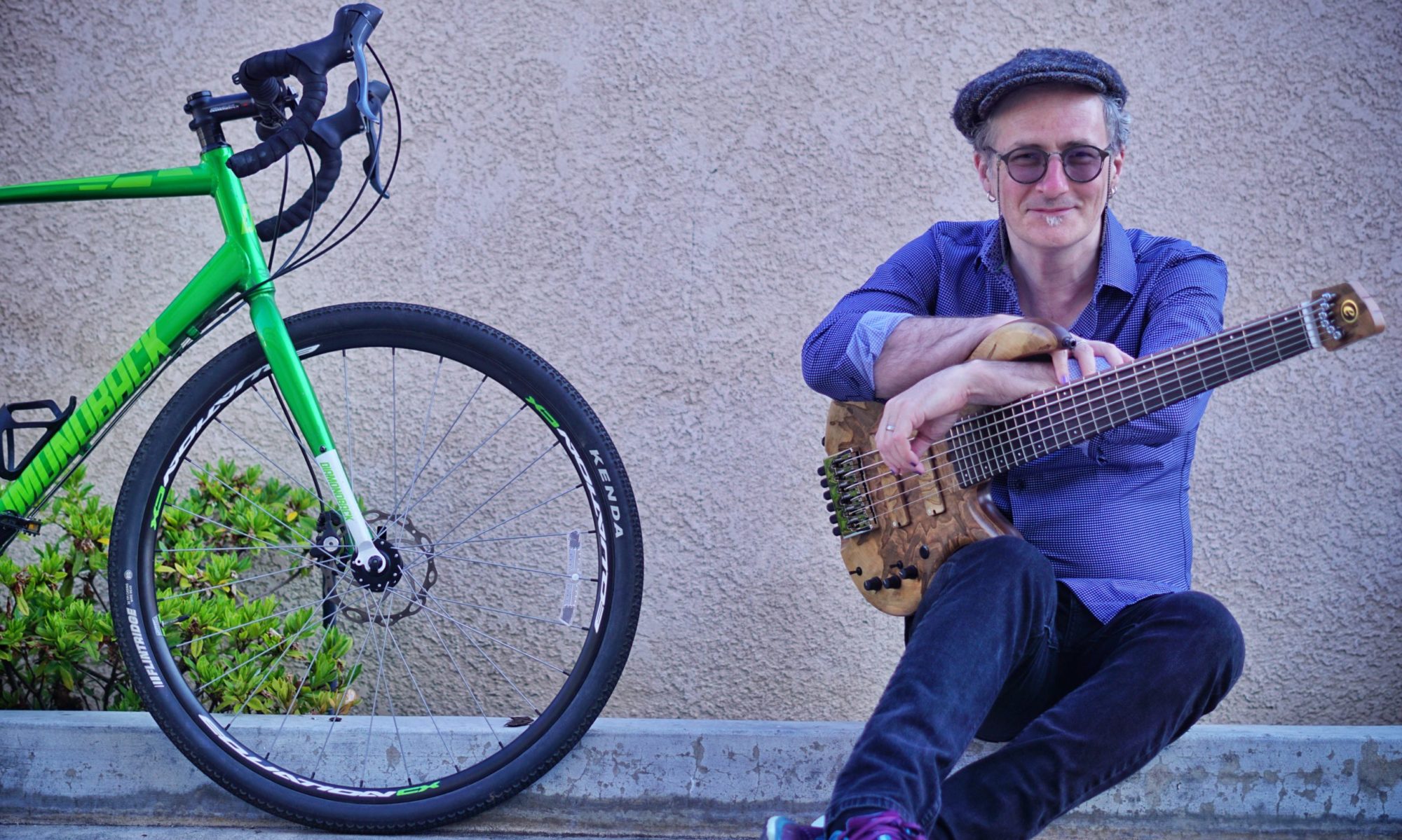 One of the weird ways that a lot of the UK jazz players have been corrupted in their thinking by the pop world is the infrequency of their recorded output. As I said in my last post, cost has a fair bit to do with that. But the reason that cost has become a factor is that we’ve lost much of the spontaneity that made jazz so interesting, and instead have tried to match the production values of the pop world, where the life of a performance is wrung out of it, and then dropped back in by the ProTools surgeons…
One of the weird ways that a lot of the UK jazz players have been corrupted in their thinking by the pop world is the infrequency of their recorded output. As I said in my last post, cost has a fair bit to do with that. But the reason that cost has become a factor is that we’ve lost much of the spontaneity that made jazz so interesting, and instead have tried to match the production values of the pop world, where the life of a performance is wrung out of it, and then dropped back in by the ProTools surgeons…
The history of jazz is full of outstanding live recordings, of artists recording and releasing multiple versions of the same songs, of classic albums where you can hear the audience eating and chatting i the background. Do you think the people at the Village Vanguard listening to the Bill Evans Trio in 1961 thought about what they were hearing the way we do? Almost certainly not. You can hear them being distracted by conversation in a way that seems inconceivable to us now.
What made it possible was the routine recording of gigs – often just live to 2-track, many classic performances were preserved not because a record label gave the artists a 10 grand advance, but because some bright spark brought a recorder and a couple of decent mics with them.
We can do so much better now, so my next suggestions for the promotion and development of jazz in the UK are these:
- Either the Arts Council, or one of the UK jazz record labels, or the venue themselves, should fund putting a decent recording set-up into at least a couple of the London jazz venues – The Vortex, the 606, The Bull’s Head… nothing hugely fancy, just the ability to multitrack to a degree each gig. The recordings should be given to the bands at the end of the night for a nominal fee, and can then be released. Same could go for any of the regional jazz venues..
- Ditto for web-streaming. There’s no reason why everything from the Vortex shouldn’t be streamed via Ustream. Set up a camera, put the embedded player on the front page of the site, and get people watching jazz. Stick a tip jar on there if you like, archive the gigs, and let the bands do with the archive what they want.
If you’re streaming a gig that’s later available to buy as a live album, everybody wins. No-one in their right mind is going to stay in and watch a webstream instead of going to a gig – there’s no comparison – but a lot of people who first watch a webstream, knowing they can switch it off if they get bored, will discover music they never thought they’d love, and vow to catch the band live next time round.
Lobelia and I have found this time and time again when we’ve live streamed gigs. In fact, every gig we’ve ever streamed live has lead to more gig bookings. Every single one! That’s a pretty compelling statistic.
As the cost of making music available drops, we can make more and more recordings available, and tell stories about them. Putting up recordings of gigs gives us something to talk about, our audience something to share and web users something to stumble on by accident. Get recording!
